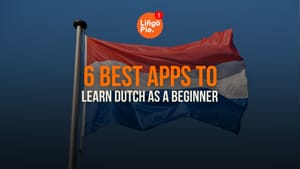If you’re learning a new language, then I bet you’ve also scrolled through lists of “proven” language learning apps, convinced that older means better. And I honestly can’t blame you because there's something comforting about choosing a platform that’s been around for years, right? The logic feels sound: if it survived this long, it must work.
But here’s the thing...longevity doesn’t always equal effectiveness, especially when AI has completely changed how we learn languages.
I’ve spent the last few weeks putting Qlango through its paces, and I’m ready to give you the honest breakdown. This isn’t going to be another generic "it’s great for beginners” review. Instead, I’ll walk you through what actually works, what feels outdated, and whether this platform deserves a spot on your phone in 2025.
- Glossika Review: Why It Works for Some Learners - But Not for Me
- Talkpal AI Review: Fluent in 3 Months? Not Even Close!
- SpanishDict Review: Why Everyone Recommends It (But Should They?)
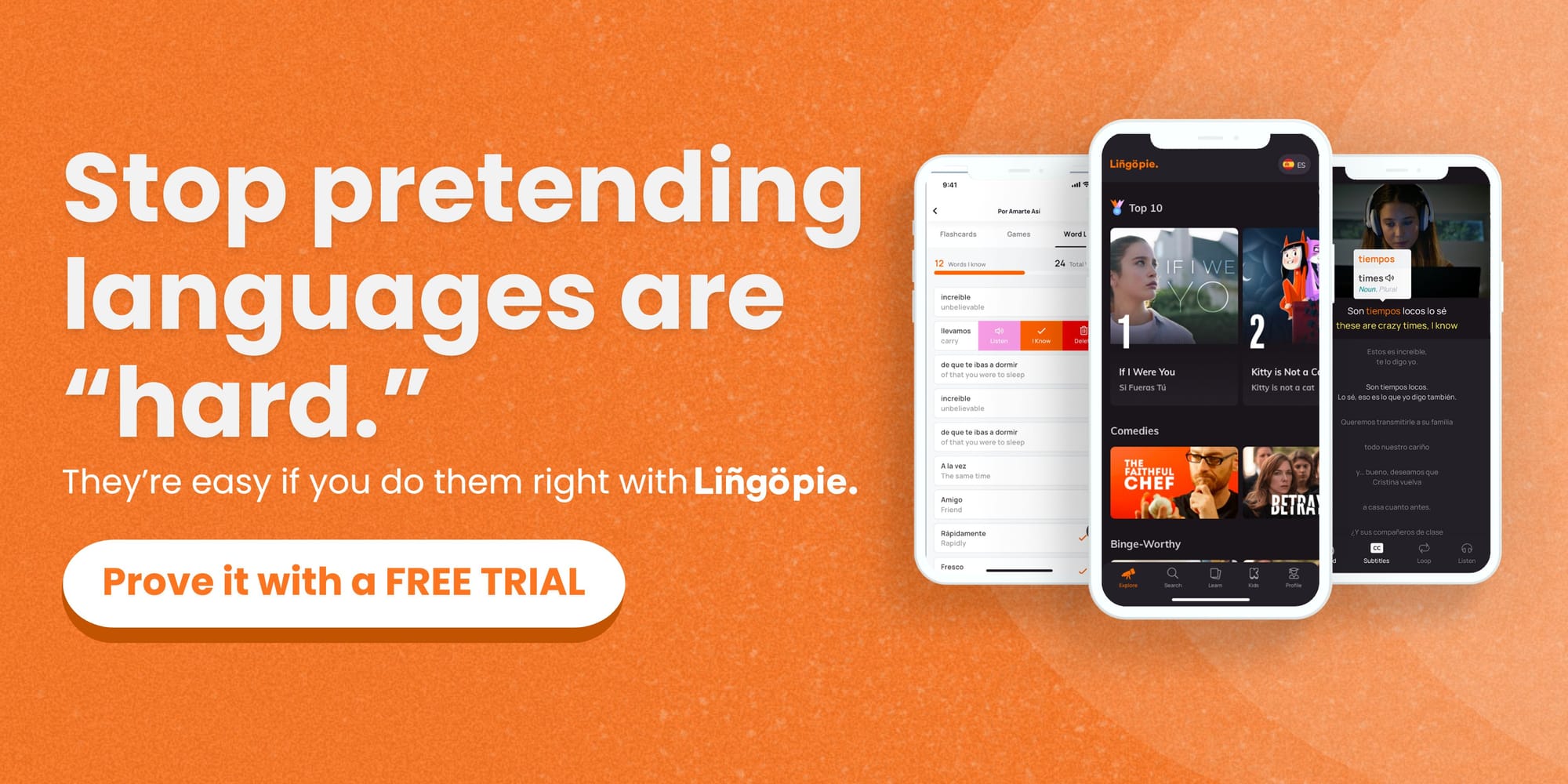
What Is Qlango?
Qlango is a language learning app that’s been around since 2016, and honestly, it shows both the good and bad sides of that longevity. The platform focuses heavily on beginners and offers bite-sized lessons that feel more like quick games than traditional study sessions.
What caught my attention immediately was their impressive language catalog: over 50 options, including some you won’t find elsewhere, like Belarusian, Tajik, and Filipino. But despite having a wide catalog, note that Qlango’s content depth varies wildly depending on your chosen language.
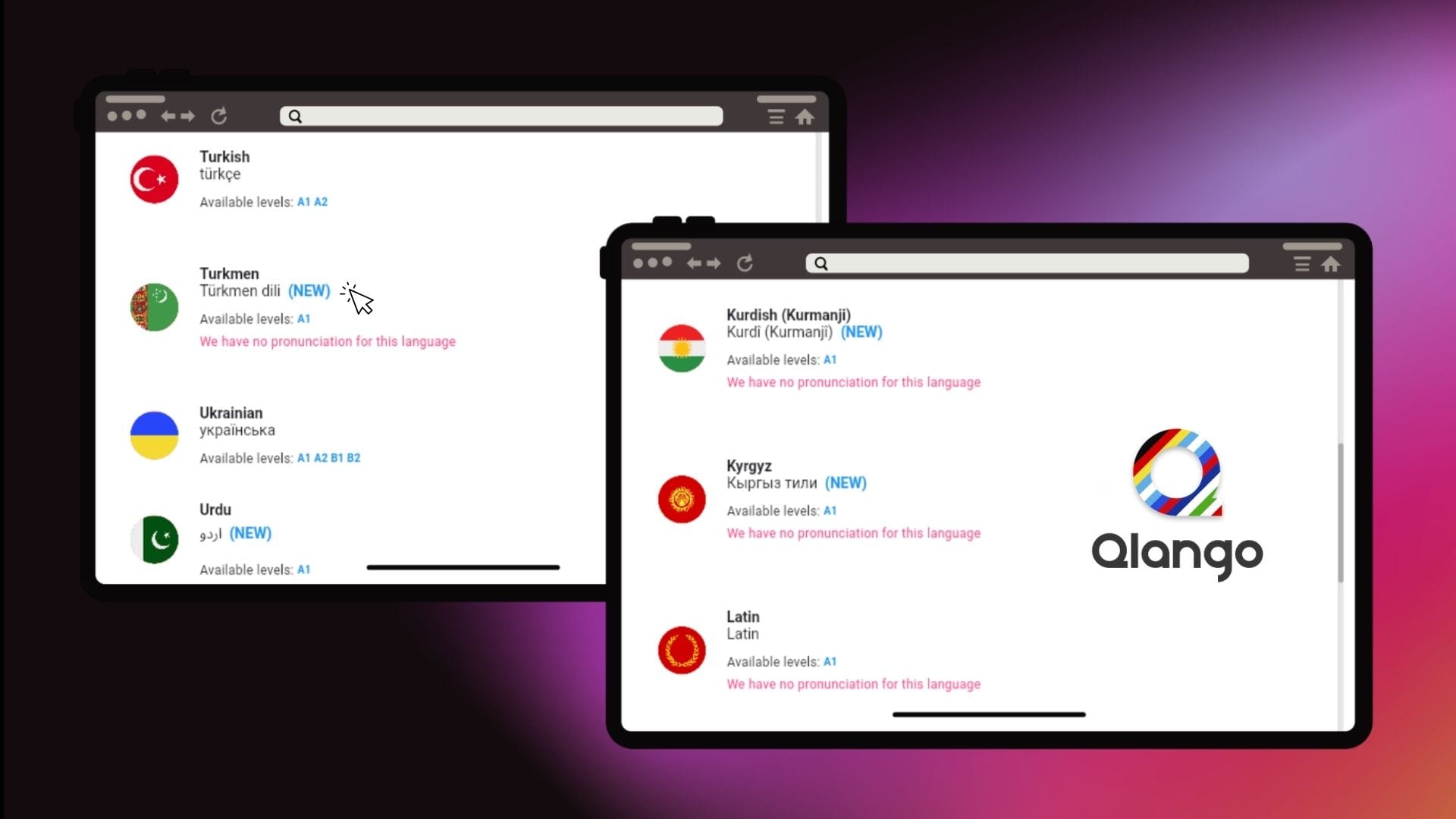
As of writing, only about three languages go all the way to C2 level, while popular languages like Spanish or French might take you to B1. The majority of their 50+ language offerings stop at the A1 level, which means basic vocabulary and tourist phrases.
The app doesn't make this clear upfront, so you might start learning Estonian expecting to reach fluency, only to discover the content ends after covering basic vocabulary.
How Does Qlango Work?
To use Qlango, you'll need to create an account, pick your target language, and you’re immediately thrown into the dashboard. Unlike other language apps that bombard you with placement tests or ask why you’re learning (travel, work, etc.), Qlango skips all that and gets you started right away.
The dashboard displays different themes you can learn from, organized into stages. You don’t need to complete everything in Stage 1 before moving to Stage 2, which gives you freedom to jump around based on what interests you. Each stage covers essential vocabulary through brief text-and-audio questions with single-tap pronunciation. You can also adjust the difficulty across six different levels, which helps tailor the experience to your current abilities.
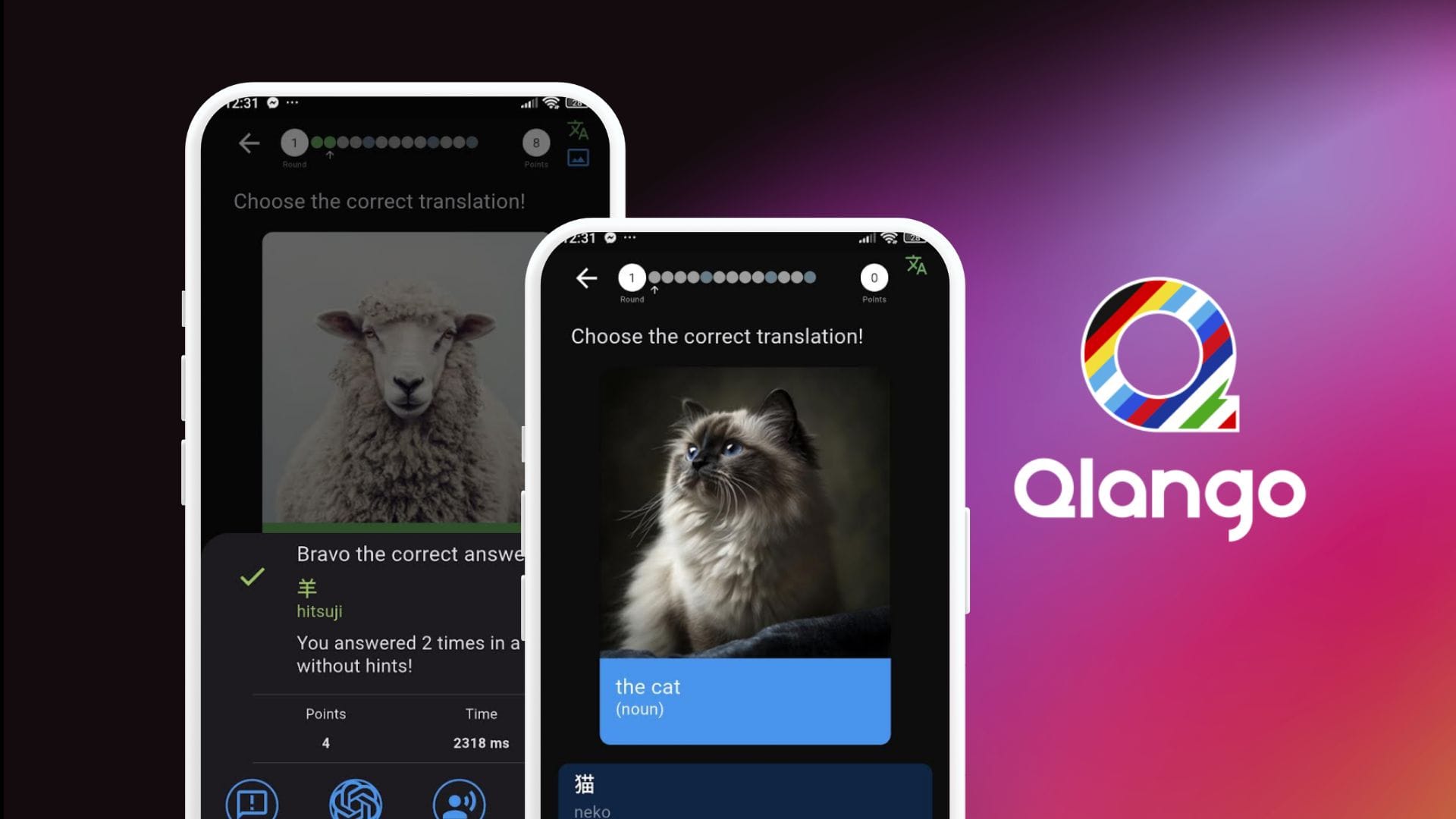
Beyond the core lessons, Qlango offers several practice modes. You can play vocabulary games like Minute Rush, word guessing, and unscrambling exercises. There's also hands-free audio learning where you listen to words and their translations. The app also includes an AI feature for explanations, though it feels pretty basic compared to what you’d get from ChatGPT.
What I Liked About Qlango
Short lessons that actually feel doable
I appreciated how Qlango keeps lessons bite-sized. Most sessions take 5-10 minutes, which means I could squeeze them in during coffee breaks or while waiting for the bus. There’s something satisfying about completing a full lesson without feeling like you’ve committed your entire evening to studying. The short format kept me coming back instead of avoiding the app when I felt tired.
Language pair flexibility
This was a pleasant surprise. Qlango lets you learn from languages other than English, which is rare among language apps. I tested learning Spanish from Portuguese, and it worked smoothly. If you’re already bilingual or your native language isn't English, this feature alone makes Qlango worth considering. Most apps assume everyone starts from English, so this flexibility felt refreshing.
Provides enough hints
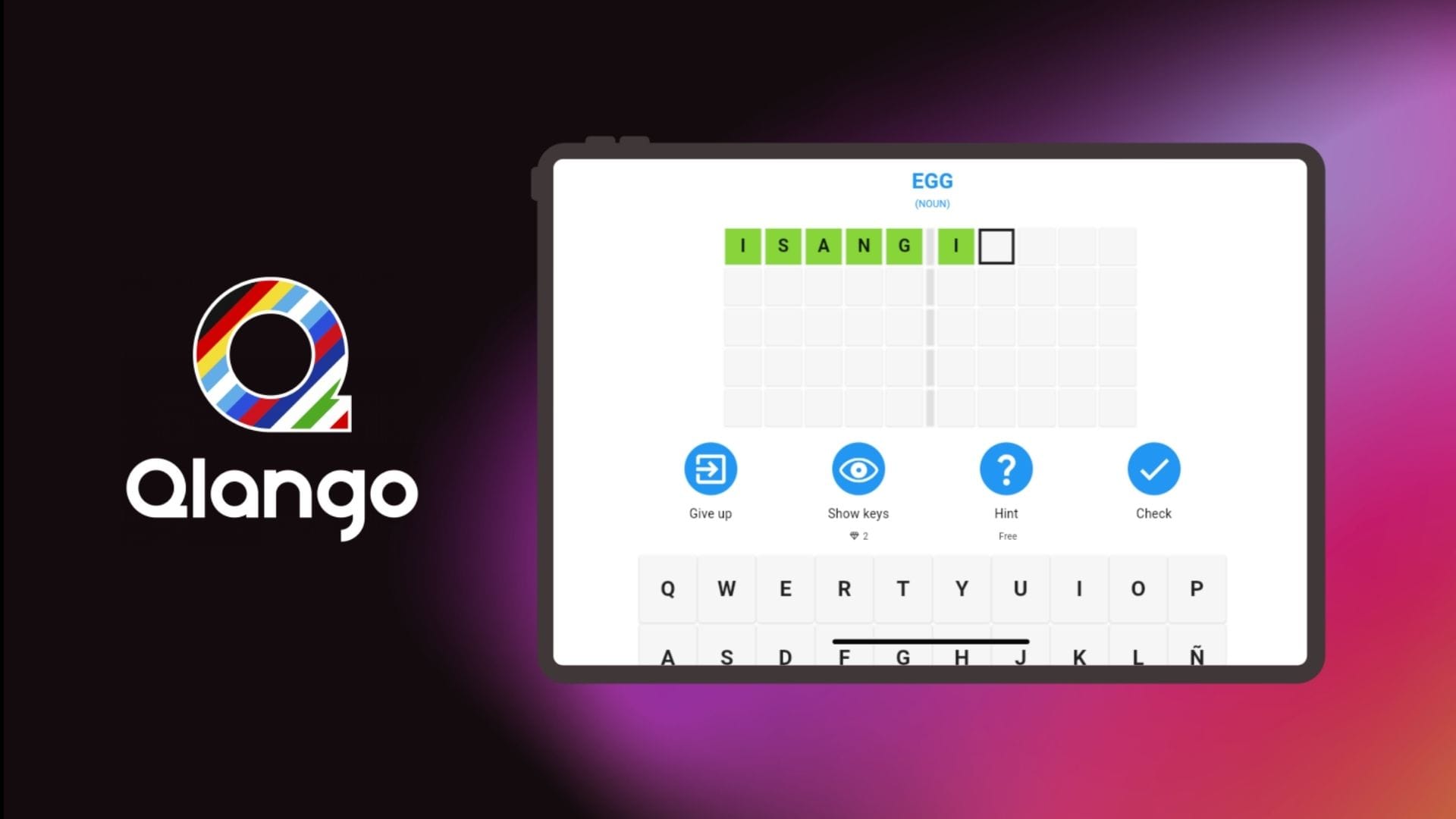
The hint system strikes a good balance. When I got stuck on a word, the hints guided me toward the answer without just handing it over. Sometimes it's a visual cue, other times it's the first letter or a related word. I never felt like I was cheating, but I also didn't get frustrated and quit when things got tricky.
Games and achievements that don't feel forced
The vocabulary games genuinely entertained me, especially Minute Rush when I wanted a quick challenge. The certificate feature might seem silly, but seeing my progress tracked and rewarded kept me motivated during slower learning days. These elements felt integrated into the experience rather than tacked on as an afterthought.
What Should Be Improved
Only focuses on vocabulary

Qlango treats language learning like an extended flashcard session. After weeks of use, I realized I could recognize hundreds of words but couldn't form a single coherent sentence. There's no grammar instruction, sentence structure practice, or conversational training. You're essentially memorizing a dictionary without learning how to actually use the language in real situations.
As I go along the lesson, I also realized that the visual elements don't help either. All images are AI-generated, and many look bizarre or unrealistic. Like the example above about "Nr" for numbers, isn't the picture way too out of place and unhelpful?
For me, these generic AI images miss opportunities to show cultural context. Qlango could have easily customized images to reflect the cultures where these languages are spoken, but instead you get disconnected stock-photo-style visuals that don't enhance learning.
Prioritizes memorization
The app pushes rote memorization instead of helping you understand how the language works. I found myself mechanically repeating words without grasping their context or usage patterns. This approach might help you pass a vocabulary quiz, but it won't prepare you for actual conversations or reading comprehension.
Even the memorization aspect falls short because of poor audio quality!
When I tested the Filipino course, the pronunciation completely lacked the distinct Filipino diction and rhythm that makes the language recognizable. Native speakers have specific intonation patterns, accent placements, and vocal qualities. So for me, learning from these artificial voices means you're memorizing incorrect pronunciation from day one, which creates bad habits that are hard to break later.
Half-hearted additional features
The audio learning, short stories, and Ask AI features feel like checkbox items rather than thoughtful additions. The audio sessions are just word lists read aloud, the stories are too basic and limited (seriously, one story for Japanese?), and the AI explanations are so surface-level that a quick Google search provides better insights. These features don’t enhance the learning experience—they just pad the feature list.
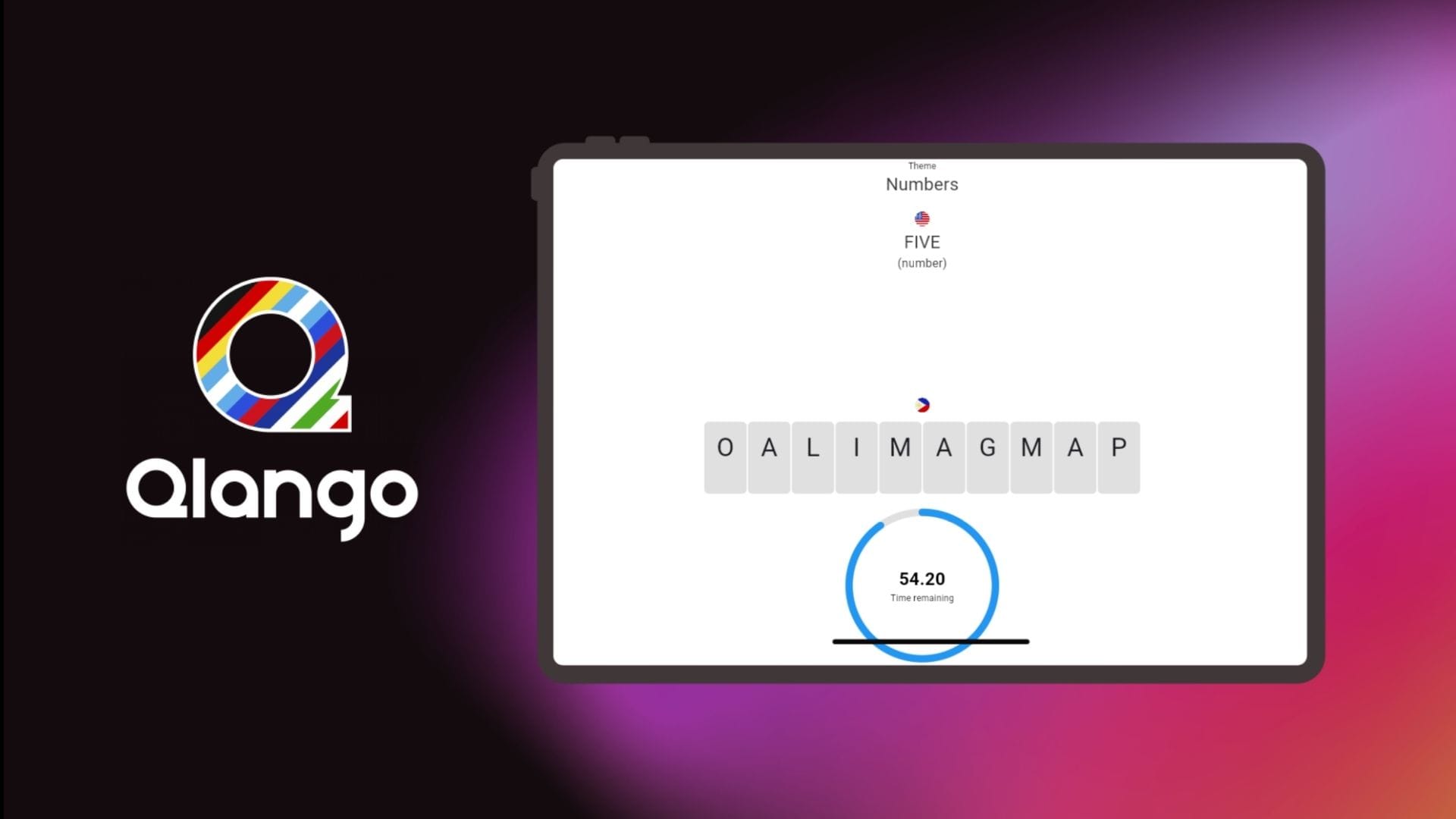
In my opinion, the games suffer from the same shallow approach. While they're decent for quick practice sessions, the answers are often glaringly obvious. This defeats the purpose of testing your knowledge since you're not really being challenged to recall information—you're just eliminating obviously incorrect choices.
Cultural context is completely missing
Languages exist within cultures, but Qlango treats words like isolated data points. You'll learn the word for "respect" in Japanese, but get zero explanation about how respect manifests differently in Japanese culture versus Western contexts. This gap becomes glaring when you realize you're learning vocabulary without understanding when or how to use it appropriately.
Poor value for the price

At $5.99 per month, Qlango costs the same as apps offering comprehensive grammar courses, conversation practice, and cultural insights. Paying premium pricing for what amounts to an enhanced flashcard app feels disappointing, especially when free alternatives like Anki provide similar vocabulary drilling with more customization options.
Qlango Review: Yay Or Nay?
Nay, unless you have very specific needs.
Qlango works for one narrow scenario: absolute beginners who want to learn basic vocabulary in less common languages. If you're planning a trip to Belarus or need tourist-level phrases in Tajik, it might serve you well for a few weeks. The app succeeds at making vocabulary drilling feel less tedious, and the language pair flexibility is genuinely useful.
For everyone else, Qlango feels like a missed opportunity. You're paying premium pricing for what amounts to an expensive flashcard app with AI-generated images and robotic pronunciation. The content limitations become apparent quickly—most languages cap out at beginner level, and even popular languages don't offer the comprehensive learning experience you'd expect from a paid app.

The biggest dealbreaker is the lack of language fundamentals. You can memorize hundreds of words through Qlango, but you won't be able to construct sentences, understand grammar patterns, or hold basic conversations. That's not language learning—that's vocabulary collection. For the same monthly cost, apps like Babbel or Busuu offer structured courses that actually prepare you for real-world language use.
If you're serious about learning a language, invest your time and money elsewhere. Qlango might scratch the surface, but it won't get you speaking.
Qlango Vs Other Apps
Qlango Vs Lingopie

Lingopie takes a completely different approach by using real TV shows and movies to teach languages, making it far more engaging and culturally relevant than Qlango's AI-generated flashcards. Lingopie is a clear winner because it genuinely helps you understand how languages actually sound in conversation, with natural pronunciation from native speakers.
Lingopie also offers interactive dual subtitlesyou’re where you can click any word for instant translations, flashcard creation from scenes you're watching, and pronunciation practice with actual native speakers. You’ll also get grammar explanations in context and cultural insights that come naturally from the content.
The trade-off is that Lingopie requires more commitment and works better for intermediate learners, whereas Qlango's bite-sized lessons suit complete beginners who want quick sessions.
Qlango Vs Babbel

Babbel completely outperforms Qlango in terms of comprehensive language education. Babbel actually provides structured grammar lessons, conversation practice, and cultural context that prepare you for real-world communication. Babbel's lessons also build systematically toward actual language proficiency, while Qlango leaves you with disconnected word knowledge.
Both cost around the same monthly price, making Babbel the obvious choice unless you specifically need one of Qlango's rare languages that Babbel doesn't offer.
Qlango Vs Duolingo

Duolingo offers a more balanced learning experience with grammar instruction, sentence construction, and listening practice, all wrapped in effective gamification that keeps you motivated. Despite being vocab-focused like Qlango, Duolingo also teaches you how to actually use words in context through varied exercise types.
So, What’s Next?
After testing Qlango extensively, I can't recommend it for serious language learners. The app does succeed at basic vocab lessons and offers impressive language variety, it fundamentally misunderstands what language learning requires. You need context, culture, and conversation practice—not just word memorization.
If you're looking for an effective language learning experience, try Lingopie instead. Unlike Qlango's artificial approach, Lingopie uses real TV shows and movies to teach languages naturally. You'll hear authentic pronunciation from native speakers, pick up cultural nuances, and learn how languages actually work in conversation.
The content feels engaging because it is—you're watching actual entertainment while learning, not grinding through flashcards with purple elephant images. Give Lingopie a try now by clicking below to unlock a FREE 7-day trial!


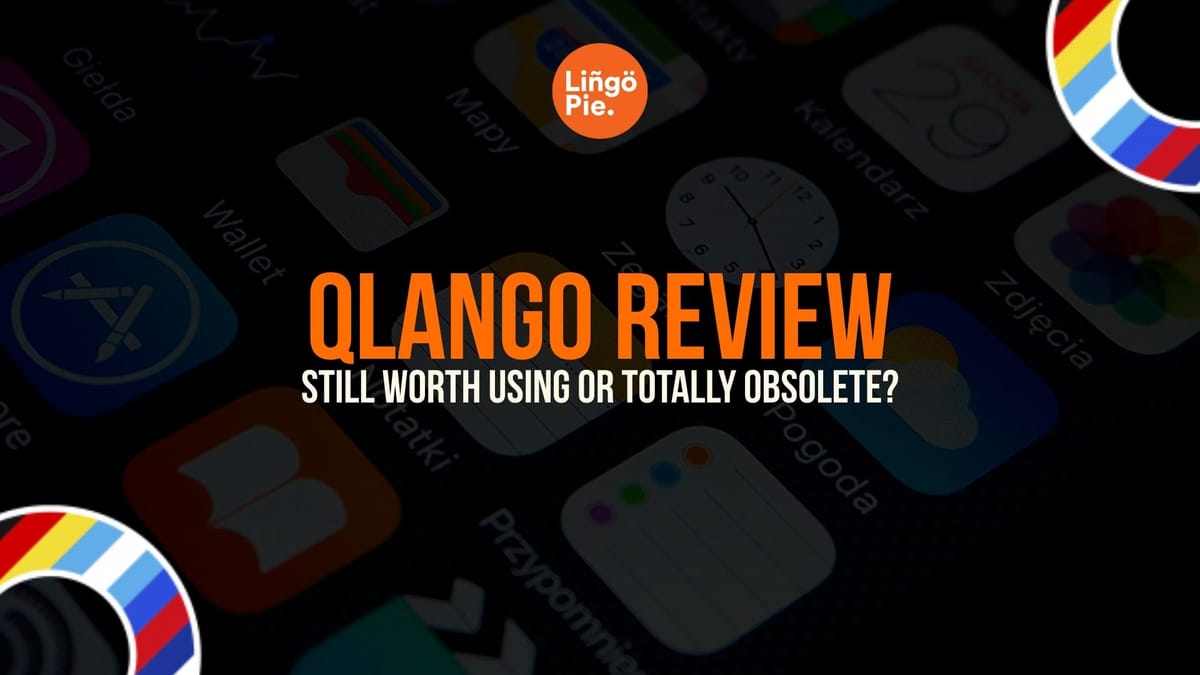


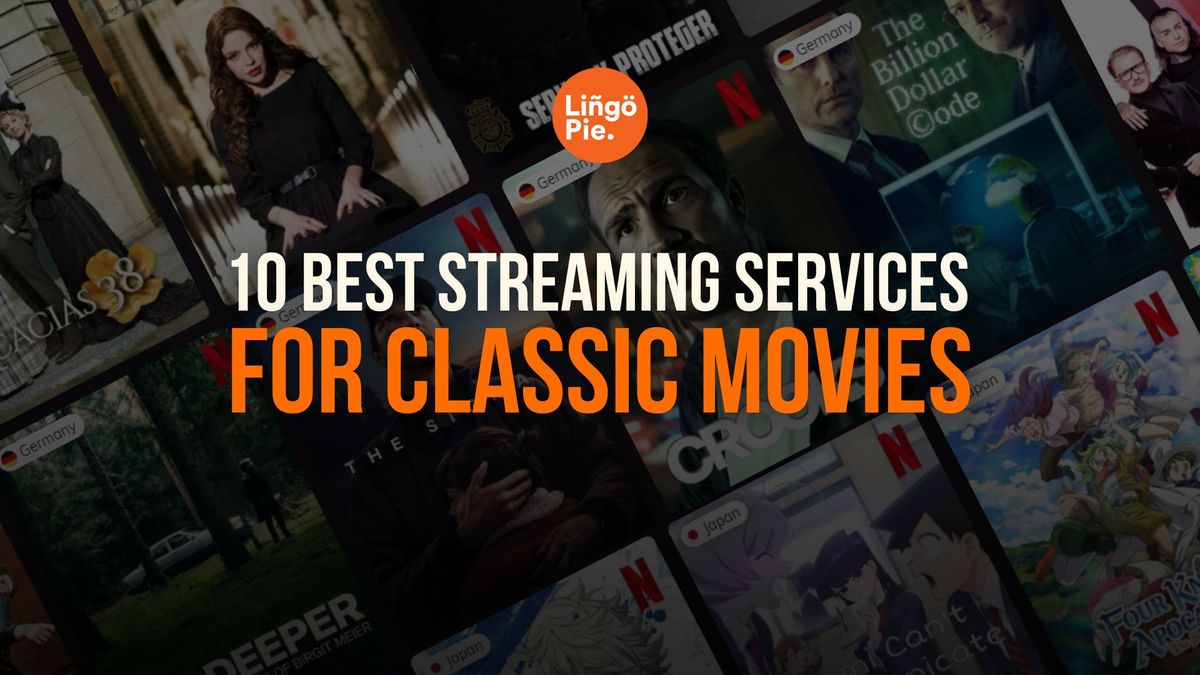
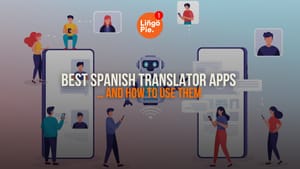
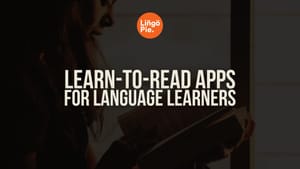
![Language Reactor Review: Why Lingopie Is The Better Choice for Language Learning [2026]](/blog/content/images/size/w300/2024/12/Language-Reactor-Review.jpg)
